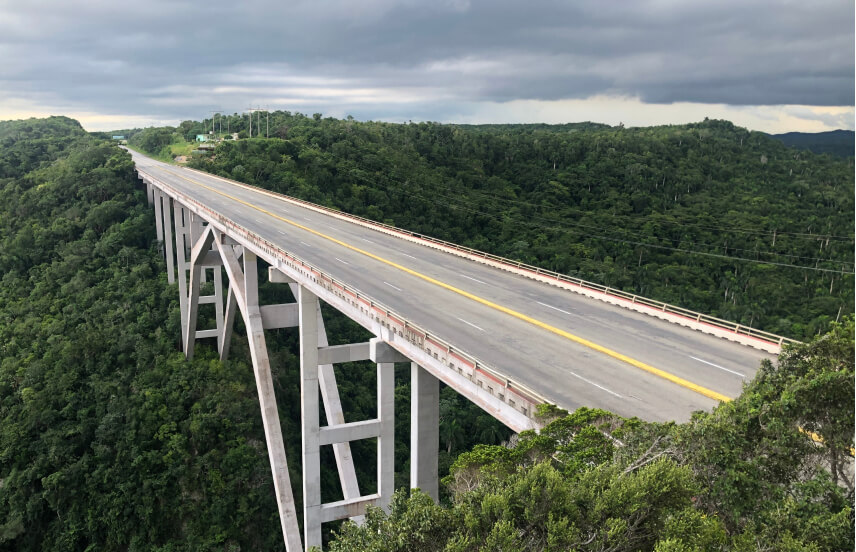M&A activity is fast recovering from the impact of Covid-19 all round the world. This is especially evident in Latin America (LATAM) where, in spite of the challenges, we expect to see records broken over the next couple of years.
The M&A webinar on 24 June 2021 assessed the current trends, challenges, and opportunities for M&A in LATAM.
Like the rest of the world Latin America was seriously affected by the global pandemic, but recovery in the region has been fast.
All sectors were affected in early 2020 but there has been record activity this year, especially in Brazil and Mexico. There were five times as many transactions in Q1 2021 as for the first quarter of 2020. Indeed, 2021 has seen a new impetus for growth throughout the LATAM region. Economic recovery is expected to be driven by demand for consumer products and international players are looking for more investment, especially in oil and gas.
Each country has its own challenges, not least a number of imminent elections, but interest rates remain very low (especially in Brazil) and money is shifting away from the financial markets, with private equity very active.
Brazil is (by some way) the biggest LATAM market for M&A, with Mexico next, followed by Chile, Colombia, Argentina and Peru. Already this year Brazil has seen more than 700 transactions, the majority in the technology sector (including agri-tech and health tech), but many in finance and insurance. There is a similar pattern in other countries in the region, though Colombia has seen particular growth in its healthcare market.
Mexico has survived a difficult 18 months but its economy is expected to recover rapidly. Oil and gas offer significant opportunities and CFE is one of the largest energy companies in LATAM. Fossil fuels generate a significant proportion of tax revenue (for all LATAM countries) and the price of oil has almost tripled recently.
The US and Europe are mature markets with liquidity to invest and LATAM offers attractive prospects, including to governments and government entities keen to promote economic growth. So it looks as if there will be a boom in M&A over the next 18 months as cash-rich oil companies make acquisitions.
There is also considerable scope for investment in infrastructure and the new SPACs (Special Purpose Acquisition Companies) are looking for growth opportunities. In Mexico SPACs are also interested in oil and gas and there are opportunities to attract foreign investors. Most LATAM countries have a few very large domestic companies plus numerous small ones, so there is scope for consolidation over the next few years. Capital will need to come from both the private sector and government partnerships.
LATAM countries are all more stable than they were a decade ago, with more respect for legislation and systems. So the upcoming elections are not expected to affect the prospects for growth to any great extent.
The two key challenges for growth in LATAM are the cost of energy to business and overseas transport. So for instance some Mexican firms were forced to shut down in 2020 when shipments of gas from Texas were stopped because of the pandemic.
LATAM also has more social challenges than other regions. Some areas struggle with high poverty levels and there are delays in rolling out vaccines which is, of course, also a political issue for the elections. But the region needs stronger governance, regardless of the election outcomes.
Another issue is the global shift towards protecting the environment. While Europe can afford to be ambitious about using renewable energy sources, this is more of a challenge for a region that is so heavily dependent on the exploitation of fossil fuels for revenue and jobs. Although US investment in green energy could have benefits for the south.
The US and EU are both spending enormous amounts of public money to support their economies following their Covid-19 lockdowns. This is not happening in LATAM and politicians will face demands for action from their voters. For Brazil in particular the reduction in previously extensive government investments will have a big impact on the economy.
However, all things considered, the Panel was very optimistic for the immediate future. Liquidity, low interest rates and the greater involvement of venture capital, especially in tech, are expected to drive a boom in M&A, whatever the political changes may be.
Following the discussion there were three questions from the audience:
Is Mexico being disadvantaged by US-China divisions?
Such disputes do affect Mexico indirectly but there is direct Chinese investment in both the US and Mexico. Chinese investments in Mexico’s infrastructure may have been on hold during the pandemic but we are seeing renewed interest now.
It is important to remember that the US and Mexico are very closely entwined commercially (42 American States count Mexico as their most important source of imports.) US-Mexico relations are still very strong and unlikely to be jeopardised by trade disputes with other nations.
Why is PEMEX delaying payments when so many oil and gas companies are desperate for liquidity?
PEMEX has massive debts of its own – if we include all their financial , commercial and pension liabilities we are talking around 500 million dollars. Fortunately PEMEX also has a huge portfolio of assets so it is using its reserves to pay off its debts.
PEMEX takes the view that some companies are able to afford the delays for the time being and they are expected to resume making prompt payments at some point.
How will the Brazilian election affect M&A?
The Panel thought not a lot. There are growing opportunities for M&A in Brazil, increasing interest in investment, and a momentum for growth across the whole region. None of our challenges are new; investors know what they are and have a good idea of how the political situation might evolve.
Some 70% of investment in Brazil comes from abroad and this is already bouncing back to 2019 levels. Even the newer instruments, such as SPACs, are already operating in Brazil and the economy is expected to grow 5-6% this year.
You do need to be on the ground or have local interests in LATAM. There is a shortage of capital but the capital markets are open. It is just a matter of confidence and staying positive to attract investors.





